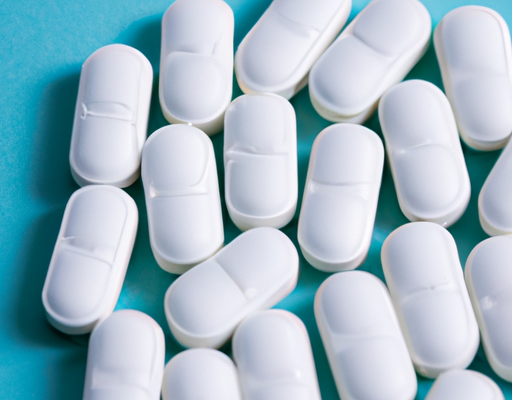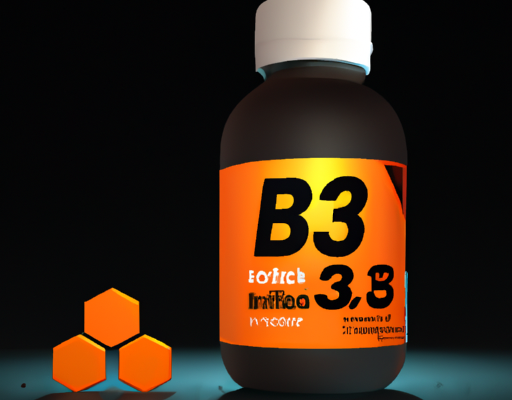Description of ICD 10
The International Classification of Diseases (ICD 10) is an essential tool for accurately diagnosing and tracking diabetes insipidus. It is used to provide a clear and concise description of the condition and its associated symptoms, enabling healthcare providers to provide accurate diagnosis and treatment options. ICD 10 is a standardized system for coding diseases, disorders and related health problems, and it is used by every healthcare provider around the world.
Diabetes insipidus is classified according to the ICD 10 under the heading ‘endocrine, nutritional and metabolic diseases’ (E00-E99). Below are the common sub-categories associated with diabetes insipidus:
- E23.0 Hypothalamic diabetes insipidus
- E23.9 Diabetes insipidus, unspecified
- E23.5 Nephrogenic diabetes insipidus
The ICD 10 coding system allows healthcare professionals to accurately track and diagnose diabetes insipidus by its etiology, symptomology, and management, enabling better care and outcomes.
Different types of diabetes insipidus
Diabetes insipidus is a rare disorder that impairs a person’s ability to regulate their body’s water levels. This condition can lead to excessive thirst, frequent urination, dehydration, and an abnormally large amount of urine production. Generally, it is caused by a decreased or absent amount of antidiuretic hormone (ADH). This hormone is produced by the hypothalamus, and it helps regulate the body’s water level by influencing how much fluid is retained in the body’s cells. Diabetes insipidus can be divided into two categories based on its root cause. These two types are central diabetes insipidus, which is caused by a decreased or absent amount of ADH, and nephrogenic diabetes insipidus, which is caused by a malfunctioning kidney. The effects of these two conditions are similar, but the treatments can vary greatly depending on the underlying cause. It is important for those with diabetes insipidus to receive proper care and monitoring, as it is a serious condition that can be life threatening if not treated properly.
Causes of diabetes insipidus
Diabetes Insipidus is a rare medical condition in which the body is unable to properly regulate the amount of water in the body due to the lack of a hormone called antidiuretic hormone (ADH). There are two main types of diabetes insipidus: central diabetes insipidus (CDI) and nephrogenic diabetes insipidus (NDI). The causes of these two types of diabetes insipidus differ.
- Central Diabetes Insipidus (CDI): This type of diabetes insipidus is caused by a lack of ADH, which is usually the result of a problem with the hypothalamus or the pituitary gland. Such problems can be caused by head trauma, brain surgery, tumors, genetic disorders, and infections.
- Nephrogenic Diabetes Insipidus (NDI): This type of diabetes insipidus is caused by a problem with the kidneys not responding properly to ADH. It can be caused by certain medications, genetic mutations, and kidney diseases such as polycystic kidney disease.
Symptoms of diabetes insipidus
Diabetes insipidus is a condition caused by not enough antidiuretic hormone (ADH) in the body, resulting in extreme thirst and large amounts of diluted urine. Patients suffering from this disorder usually experience relentless thirst, frequent urination, dry mouth, weakness, and fatigue due to dehydration. Other symptoms of diabetes insipidus can include mood changes, dry skin, and increased heart rate. Without proper treatment, the symptoms can worsen, leading to serious health risks such as appetite loss, confusion, and even coma. Treatment of diabetes insipidus may include drugs that help the body to make more ADH, or replacement therapy with ADH. By taking the necessary steps to treat diabetes insipidus, patients can decrease their symptoms and avoid possible complications.
Diagnosis of diabetes insipidus
Diagnosing diabetes insipidus can be difficult because its symptoms are often caused by other conditions. The International Classification of Diseases (ICD 10) provides doctors with a standardized system for identifying and diagnosing diabetes insipidus. ICD 10 includes codes for a variety of presentations and consequences of diabetes insipidus, such as polyuria, polydipsia and the secondary conditions that can result from it. Specialized testing and a thorough medical history are key to identifying the condition, and ICD 10 can help healthcare professionals to ensure that the diagnosis is clear and accurate. If a patient is indeed suffering from diabetes insipidus, then the ICD 10 coding system can also aid in ensuring that they get the appropriate care.
Treatment of diabetes insipidus
Treatment of diabetes insipidus centers on restoring the adequate balance of water and electrolytes in the body. This is usually done through the use of desmopressin, a synthetic form of the antidiuretic hormone (ADH) that the body naturally produces. Desmopressin is taken either as an intranasal spray, a pill, or an injection and helps the body absorb more water, reducing the need to urinate frequently. Other treatments for diabetes insipidus include oral urea, hydrochlorothiazide, and indomethacin. In some cases, surgery may be necessary to remove a tumor or an obstruction in the pituitary gland, which can cause the overproduction of urine. Diet and exercise are also important in managing diabetes insipidus, as they can reduce the risk of dehydration and the need to frequently urinate. It is important to speak to a doctor or nutritionist to develop an appropriate diet plan.
Preventative methods for diabetes insipidus
Preventative measures for diabetes insipidus are primarily focused on controlling the underlying condition that may cause it, such as an infection or medications that might interfere with the body’s water balance. In some cases, such as when the condition is caused by a pituitary tumor, surgery may be an option. It is important to follow the doctor’s instructions when taking any medications or making lifestyle changes. It is also important to monitor blood pressure and electrolyte levels and to be aware of any changes. Regular doctor visits are essential to help monitor the condition and to make sure that treatment is effective. Proper hydration is also important and can help ensure that fluids are not lost too quickly. Drinking plenty of water and avoiding caffeine and sugary drinks can help prevent dehydration. A balanced diet and regular exercise can also help keep blood sugar levels under control. Finally, it is important to listen to your body and to be aware of any changes in symptoms.
Complications of diabetes insipidus
Diabetes insipidus is a condition that can cause complications and it is important to be aware of the potential risks.
- Kidney damage can result from dehydration or electrolyte imbalance.
- Hyponatremia is an electrolyte imbalance that occurs when sodium levels are too low.
- Hypokalemia is an electrolyte imbalance that occurs when potassium levels are too low.
- Hyperkalemia is an electrolyte imbalance that occurs when potassium levels are too high.
- Brain damage can occur if the electrolytes become too imbalanced, resulting in seizures or coma.
- High blood pressure can occur if the kidneys are not able to regulate sodium and water levels.
It is important to monitor electrolytes and drink plenty of fluids in order to avoid these complications. Additionally, medical treatment may be necessary to manage diabetes insipidus, so it is important to speak with a doctor if you are experiencing any symptoms.





No Comments